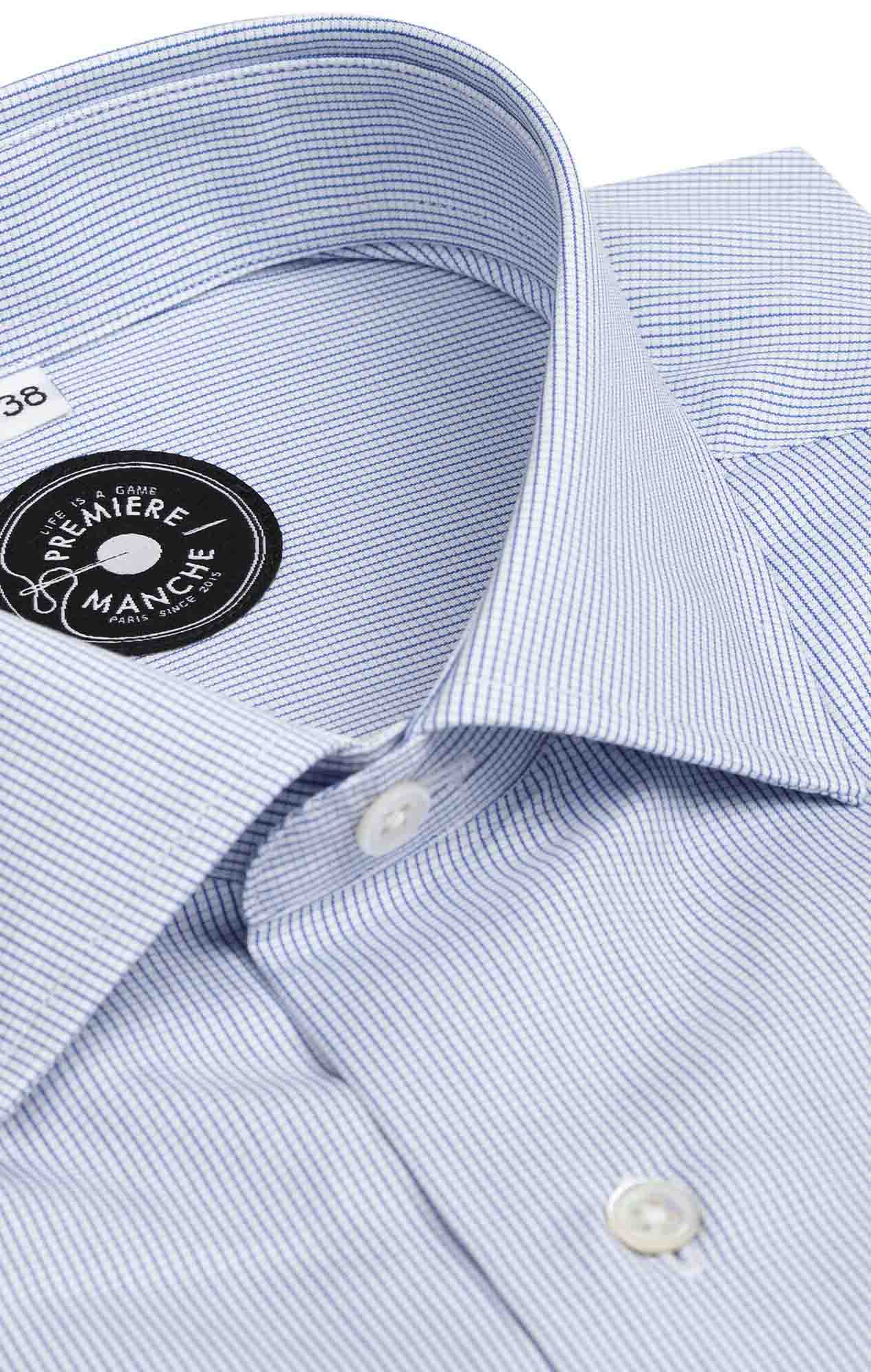- Language:
- Account
Purchase a gift voucher
Filters
Checked shirts
Eh ? But go ahead! Have fun big boy. I catch it then? Yes, take your plaid shirt. Alternating polygons. You're too solid squared with it. That's it, big, serious and all good. Thick cubed, you might say. It cuts wood in shambles. Slices with lots of corners everywhere you go. It's a two-tone festival! Flannel in aerobatics. Besides, the lumberjacks are your friends. In any case, they all become. And they just have to behave. You have looks to spare. It's still super complicated to test your fluffy. Battle in thick shirt weather. You sleep with more than one. They are well aware. We spread the word. The list of pills that have never resisted is long. Like the arm. It’s because of your quality checkerboard. You're a tough guy with crazy angles!
Subcategories
- ID : 90
- ID : 117
- ID : 180
- ID : 192
- ID : 193
- ID : 208
- ID : 89
- ID : 226
- ID : 250
- ID : 280
Tiles are ubiquitous in textiles. From small to large tiles, did you know that many types of tiles have a name? From gingham to prince of wales or tartan, an overview of the checkered patterns that can be encountered.
Gingham
Popularized in the 1960s, the "gingham" check is a succession of small checks whose intersections are generally darker. The Vichy pattern can be made in any color, although the original color is blue, green and red. Today it has a rural or "country" connotation, slightly retro and frankly friendly.
Tartan
The tartan originated in Scotland, a country in which each clan had its own pattern as a sign of recognition. It is made up of horizontal and vertical lines of varying widths and spacing in different shades of green or brown/red. The famous pattern of Scottish kilts is a variant of the tartan pattern. Tartan is a strong piece that often suffices on its own with pants or a jacket: simplify the rest of your outfit.
Prince of Wales
The Prince of Wales is a complex pattern made up of intersecting ten horizontal and vertical lines. The pattern is said to have originated in England in the late 19th century and is still considered one of the most elegant designs. For wool patterns, it is often enhanced with a thin red, yellow or light line on the edge of the patterns. It is a fabric that is found mainly for jackets or suits.
Window pane
It is a refined pattern made up of a plain base (grey, blue) and large, very fine squares in slightly contrasting colours. There are currently two window pane designs in our collection.




























